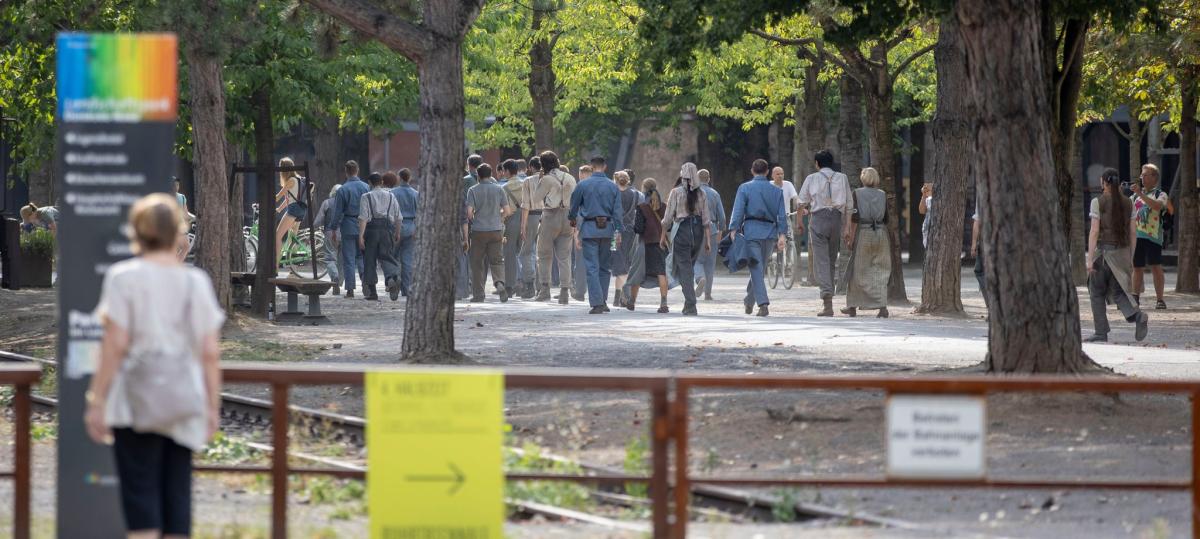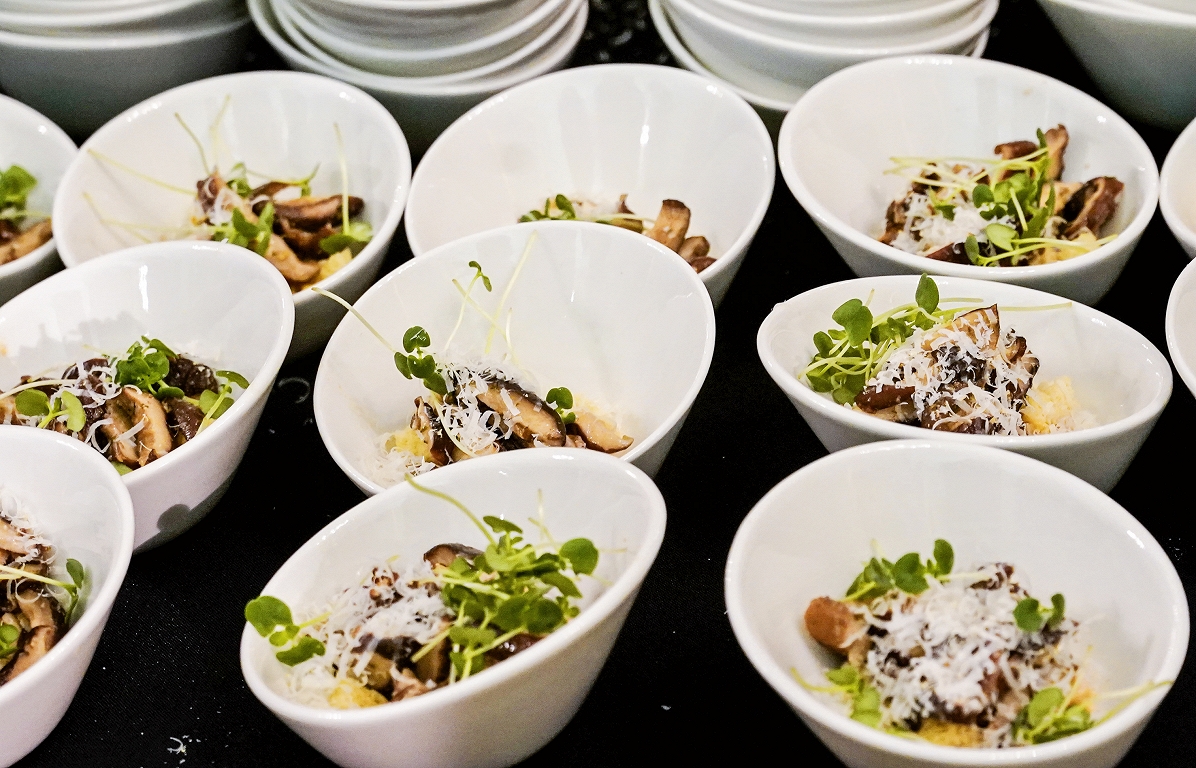The colors, the absence of depth, the sounds: because Paul Klee teaches us (still today) to hear the world
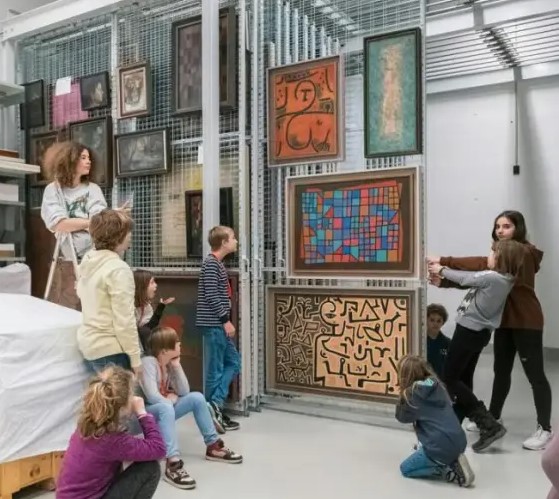
The lesson of the Swiss-German painter, exiled by the Nazis and loved by the little ones
If you go to Bern’s « Zentrum Paul Klee », the refined museum created twenty years ago by Renzo Piano e dedicated to the most famous Swiss-German painterAbove all, children will be surprised. Here they are not limited to being entertained with few boring games, almost « parked » while adults run around the rooms. No, why In the workshops, the little ones reproduce klee works, with special programs take care of the paintings And a few years ago they even became curators of one of his exhibitions.
THE Children have a privileged point of view when talking about the artist of colors and essential signs: He himself admitted to draw inspiration from his son Felix’s childhood designs, convinced as was that art was not so much a question of form, structure and teaching, as of a deep and intimate « Feeling » that leavened in the encounter between work, artist and spectator. Is this Klee’s secret? The reason why the apparent naivety of its colorful canvases ends up seducing large and small? The truth is more complex: Few artists condense so much philosophy in the works like himvery few have its depth of thought.
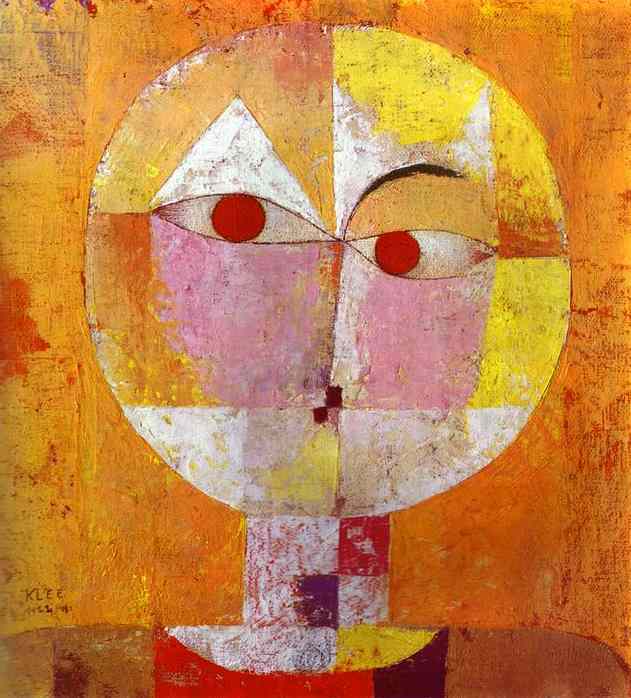
And the result is magical: infinite watercolors where the color seems to sew a dreamlike universe, figures just sketched in front of which to ask if it is « abstract or figurative » becomes a sterile, if not ridiculous exercise. A Alchemical concatenation not far from its sensitivity: the colleagues of Munich, a city where he will move towards the end of the nineteenth century, called him « the magician » and among the multiple interests also the teosophy. Klee did not have the romantic aura of his « different twin » Kandinsky and not even the programmatic setting of a Mondrian. But none of these two managed to overcome the vertigo of the twentieth century and to reach us with the same freshness as Kleewhich speaks to us through symbolic figures, weaves of pure colors, overlaps of shades inspired by musical compositions (at just 17 years old Paul played the violin in the Bern orchestra), contrasts of meaning and inventions unused in over nine thousand works, many of which are now preserved in Switzerland, Germany and the United States.
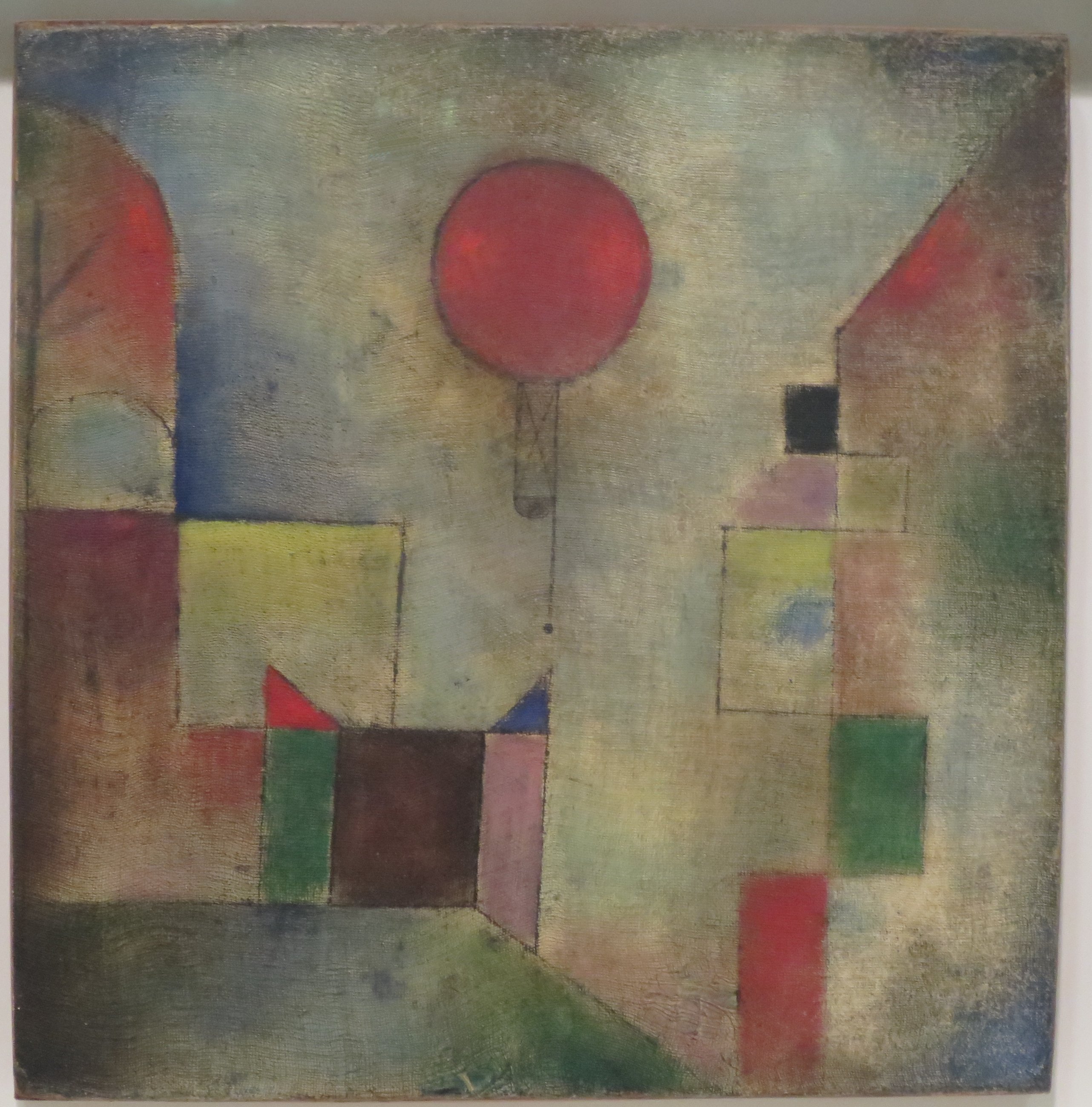
But that’s not all. Becoming waterproof to the « century of assassin ideas » as Robert Conquest has defined the 21st century, requires something else. For example, A great suffering, prolific and generating, a sense of history that Paul Klee lived on his own skin. Born in a city with a difficult name for us (Münchenbuchsee) in the Canton Bern, he grew up as virtuoso of the violin, until he moved to Germany to study painting. He came into contact with August Macke and Franz Marc, knew Chagall and Delaunay, who made friends with Kandinskij, he let himself be fascinated by Rembrandt but some time later it was a trip to Tunisia who forever change his perspective on the world: the colors of the Mediterranean e The almost aggressive brightness of the North African landscapes They hit him as a revelation. « I’m a painter, » he noted in the diary. As if in color he had found an answer to the many questions of his time, a time of breakage and avant -garde thrusts.
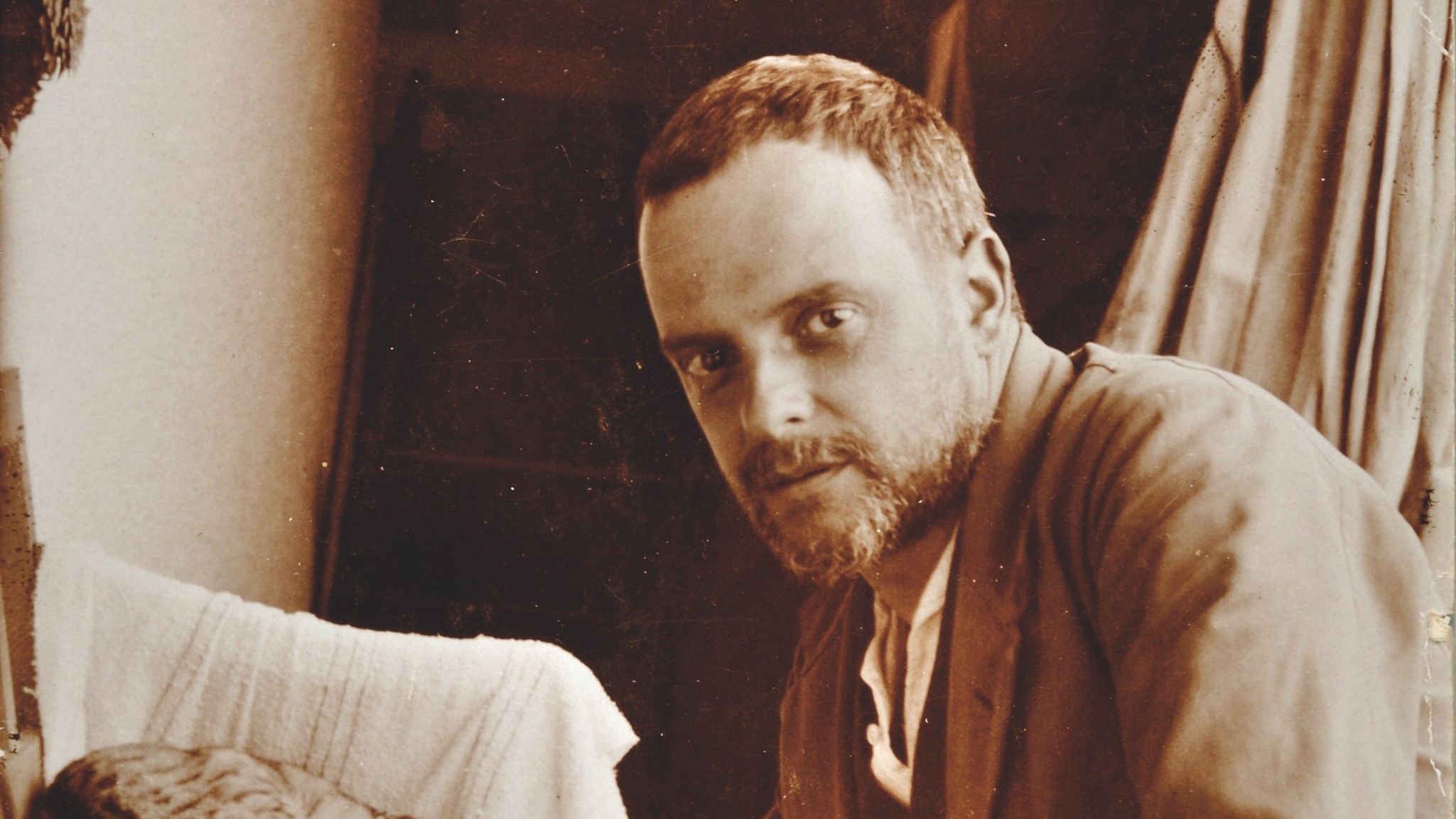
It was the 1914the year in which Kandinsky experienced his red « spots », yellow and blue, chromatic texture that in his majestic incede towards abstraction corresponded to an open door on the most intimate sensations, beyond the form, beyond the figure. In that same year Mondrian traced the cardi and pastel decumans in his « composition number VI », manifesto of a radical formal simplification. Paul Klee put himself in search of another road. THEHis « Moon rising » is from 1915 and goes beyond the improvisations of Kandinsky and Mondrian’s compositions: a round and pale moon overlooks an irregular row of colorful and lops, a little dream, a little imagination and a little childish design.
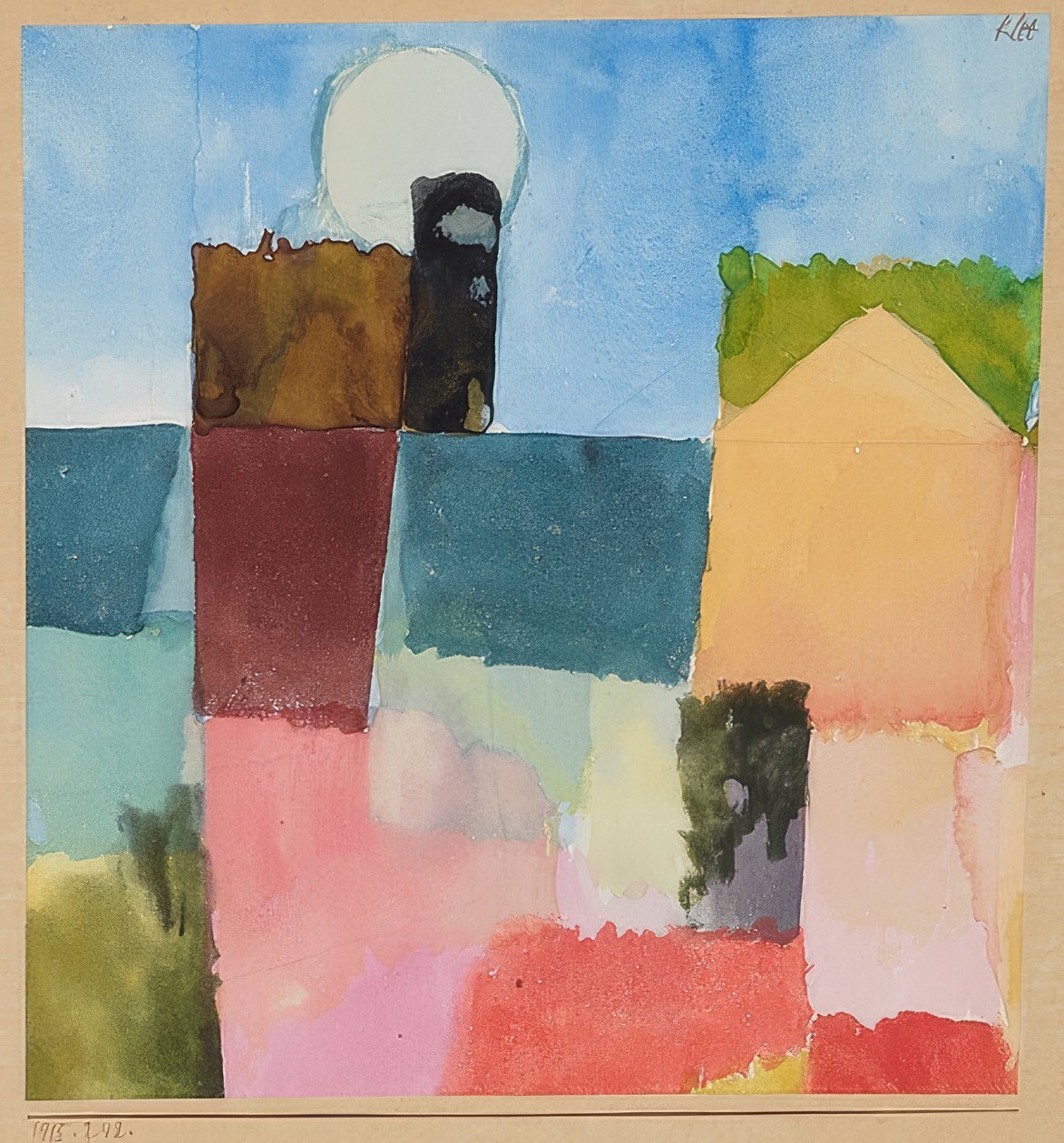
Klee It does not give up the figure when this – reducing itself to a sketch, a shadow, a shape – becomes the echo of a feeling. Klee was born here, on that journey in the colors of the Mediterranean, when he senses that art can and must have a mission: « Make visible what is not visible »will write down (with slightly different words but the meaning is that). Through the overlapping of color, it will also maintain in the years to come, a Shaky wire between shape and abstraction, looking for breath in philosophyin music, in literature. In the meantime, Walter Gropius had called him to collaborate at the Bauhaus, the Weimar school who tried to break down the barrier between « artists » and « craftsmen », creating a new order, an enlightened contamination. And few like Klee have drawn other fields of knowledge in his work: in Don Giovanni Bavavarese (1919) is inspired by lyric, in the Car to chirp (1922) invents a musical instrument.
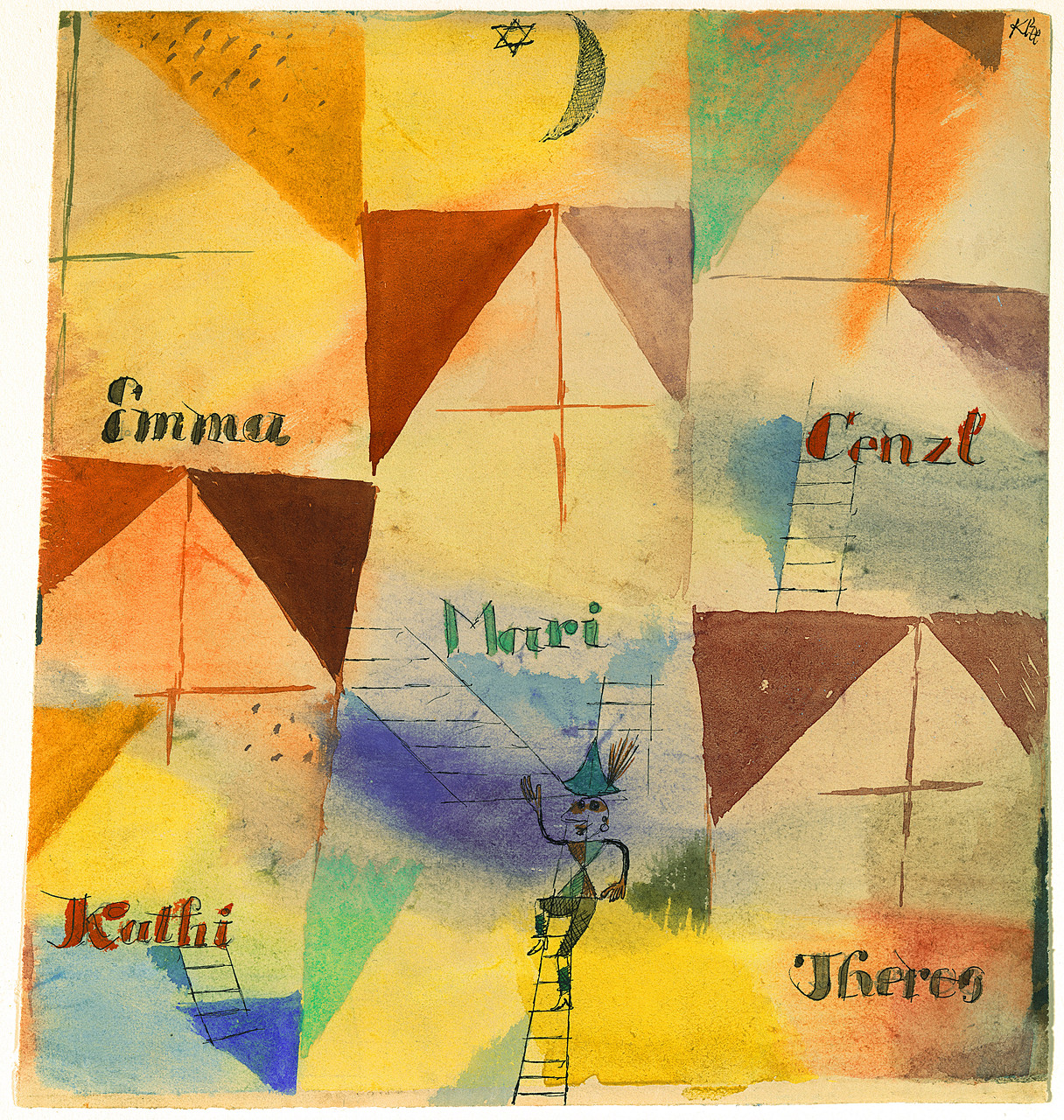
Perhaps without knowing it, the artist was accumulating a reserve of beauty and thought: the dark years approached. In 1931 he made a caricature of Hitler, calling him a arrogant « drunkard ». The year after the German state blocks the funding of the Düsseldorf Academy, where he taught pictorial technique. In 1933 the collapse: the Nazis close the Bauhaus On charges of « Bolshevism », they lose Klee’s house and the artist is fired. He leaves Germany, he returns to Switzerland just when one of his paintings is exhibited in one of the « degenerated » art exhibitions.
He didn’t know, but the last part of his life would have been very bitter and difficult: health problems (a bad skin disease), the refusal of citizenship by the Swiss authorities, the right that was granted to him posthumously in the year of death, 1940. Thus passed the final glimpse of its existence in a bizarre condition of apolide at home, suspended in a limbo where everything was held thanks to a funambolic balance. Magical. A bit like the harmony he cultivated in painting, By grasping the enchanted moment in which the form dissolves and becomes abstraction.
And this is precisely this, after all, the reason why we love today, we are looking for Paul Klee again: Because every time he recreates that lost condition in which our mind « feels » things rather than « seeing them ». A precise moment, so described by Proust in the fifth volume of the Recherche, The prisoner: « The only real journey, the only bathroom of youth, would be not to go towards new landscapes, but having other eyes, seeing the universe with the eyes of another, of one hundred others, see the hundred universes that each sees, that each one is ».
Neuroscience today confirm what Plato sensed: the brain is not planned to see the world, but to interpret it. To tell it, imagine it, romance it. Just like Paul Klee’s painting: first of all It has no perspective depth, but let things float on the surface like a dream, a fantasy or a childish story. In fact, when he came to Italy he declared that he preferred the primitive sense of medieval art with respect to the mathematical and cerebral elaboration of the Renaissance. He still did not know that this key would have been to allow him to cross (more or less unscathed) the atrocities of the twentieth century, the metamorphosis of art and reach us with the greatest gift that an artist could ever want, that is, being appreciated by children. That – like his figures – do not get lost in the winding conceptual role of the world, but they see him for what he is and let themselves be lulled by things in their most natural movement. Here’s where his complexity lies: in the extreme simplicity.







